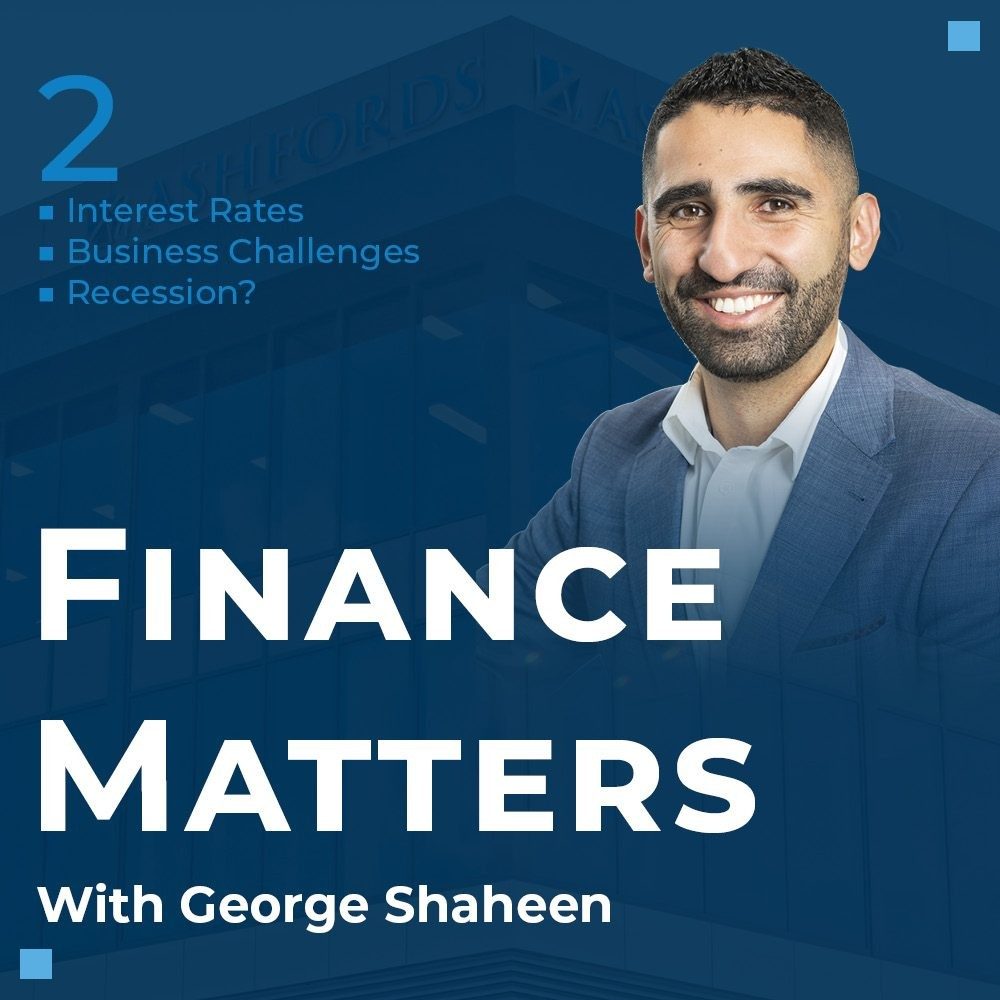01 August, 2022
Another month, another rate rise, and more to come!
If you are anything like me, you are probably tired of hearing all the doom and gloom in the news. So I have recently treated myself to a
news detox, which has been a pleasant change!
Media outlets are having a field day with the current state of affairs. However, we can all be happy about one thing – Spring is only one
month away, and we have all survived the icy 2022 cold season!
So pat yourself on the back!
Interest Rates and CPI

This hot topic will continue to drive news headlines over the coming months. All banks and economists agree - Interest Rates will continue
to rise. With the current Cash Rate at 1.35%, the consensus is that we will reach a minimum 3% Cash Rate by Christmas. Some banks suggest
we will be closer to 3.5% by this time. More aggressive predictions suggest consecutive rate rises of 0.50% for August, September, October
and November, which would see the Cash Rate at 3.35% by November.
My prediction for tomorrow’s RBA meeting: A further increase of 0.50 – 0.75%; however, I'm leaning
towards the lower end of this range.
With the average Australian Home Loan just under $620,000, an increase of 2% equates to an additional monthly commitment of approximately
$715 on a 30-year Principal & Interest Loan.
Interest Rates are one component that is increasing costs for the average household. The second key component is the Consumer Price Index
(CPI). Last week the Australian Bureau of Statistics announced the latest data, confirming a CPI rate of 6.1%. This rate measures various
cost categories and how they have trended from the June 2021 Quarter to the June 2022 Quarter.
Whilst households may feel like the cost of living has increased by more than 6.1%, it is important to recognise that CPI captures several
categories. Categories with the highest increases are not surprising:
-
Transport – 13.1% year-on-year increase. Automotive fuel costs rising by just over 32% contributed
significantly to this rise.
-
Housing – 9.0% year-on-year increase. New dwelling purchase costs (owner-occupiers) are rising by just over
20%, driving this increase.
-
Furnishings, household equipment and services – 6.3% year-on-year increase. Driven predominantly by an
increase in furniture costs (8.5%) due to increased transport and manufacturing costs
The lowest increases were seen in the following categories:
- Communication – 0.0% increase
- Clothing and footwear – 1.6% year-on-year increase
As Interest Rates continue to increase and inflation pressures continue to drive our cost of living upwards, consumers will
naturally start to reconsider their spending patterns:

- “What is an essential spend, and what is non-essential?”
- “We want a new car but do we need a new car?”
- “Perhaps we should consider home brand options over premium brands”
- “Let’s do a local family holiday rather than an international trip.”
The quickest and easiest way to save money can sometimes be right under our noses. For those consumers with Home Loans, now is the time to
ensure you are getting the best possible offer from your lender. Pick up the phone and renegotiate with your bank, or engage the team at
Ashfords to source a better offer.
"As Interest Rates continue to increase and inflation pressures continue to drive our cost of living upwards, consumers will
naturally start to reconsider their spending patterns"
Business – What’s the vibe?
More of the same on the business front…
Supply chain disruptions continue to pose challenges to businesses, particularly those not adequately resourced with cash reserves. For
businesses with exposure to international markets, we have seen many of our clients purchasing additional stock to combat shipping delays
and the increasing consumer demand from customers.
 Staff
shortages continue across many sectors, making it more critical than ever for businesses to lift their game when it comes to attracting and
retaining talent. Why do employees join us? Why do they stay? Why do they leave? The reality is that employees want a lot more than just a
good pay-cheque:
Staff
shortages continue across many sectors, making it more critical than ever for businesses to lift their game when it comes to attracting and
retaining talent. Why do employees join us? Why do they stay? Why do they leave? The reality is that employees want a lot more than just a
good pay-cheque:
- Employees need to feel united and aligned to a greater purpose
- Staff want to know that they are trusted to do the job without micro-management from their leader
- Everyone wants to know that their colleagues and leaders have their back
- Recognition of a job well done goes a long way! Sometimes it can be as easy as a “thank you.”
Staff shortages continue across many sectors, making it more critical than ever for businesses to lift their game when it comes to
attracting and retaining talent."
Often the happiest employees are not the highest paid. Instead, it is the employees that enjoy working with their colleagues, trust their
leader and feel engaged in the workplace. To ensure your team feels valued and engaged is one of the most powerful actions a business can
take to retain talent.
Recession?
A recession is recognised as two consecutive quarters of negative financial growth.
The Reserve Bank of Australia has increased rates by 0.25%, 0.50% and 0.50% for May, June and July, respectively – A current Cash Rate of
1.35%. By contrast, the Federal Reserve (US) commenced its rate hikes two months earlier in March, increasing rates by 0.25%, 0.50%, 0.75%
and 0.75% in March, May, June and July, respectively – A US Cash Rate equivalent of 2.50%.
Relative to Australia, the Fed’s approach has been more aggressive than the RBA. However, Australia has historically lagged slightly behind
more significant economic players regarding monetary policy decisions.
Several consecutive rate hikes, with more expected in both countries, can be likened to the pulling of a handbrake in an attempt to slow
consumer spending and take the momentum out of the economy.
Just last week, the US released data for the April to June quarter showing a decline in GDP of 0.9%. This was a second consecutive decline,
sparking speculation that the US is officially in a recession. The latest GDP announcement for Australia was 0.8% growth for the January to
March quarter. It will be very interesting to see if our positive GDP trend continues for the April to June quarter, or will we mirror the
US performance and decline instead.
"So is Australia heading for a recession? I will happily sit on the fence and let greater minds answer this question. Ask the
statisticians, and the consensus is that there is a 50% chance."

When Elon Musk was asked about a recession, his response was – “Yes, but this is actually a good thing.” He then says, “It’s been pouring
money on fools for too long”, and “Bankruptcies need to happen”. So it seems Musk’s view is that we are due for a clean-out in the business
world. Businesses that are not well-run and not well-capitalised may need to re-think their future direction to remain viable, and sadly,
some businesses just won’t make it. The other side of the coin is that businesses that remain relevant, listen to their consumer base and
maintain good cash reserves will weather this storm and maybe even come out stronger!
Financial Advice Disclaimer
This information is for general information only.
It should not be taken as constituting professional advice from the website owner.
The author is not a financial adviser. You should consider seeking independent legal, financial, taxation or other advice to check how
the website information relates to your unique circumstances.
Ashfords is not liable for any loss caused, whether due to negligence or otherwise arising from the use of, or reliance on, the
information provided directly or indirectly by this website.
Sources:
https://www.abs.gov.au/
https://www.rba.gov.au/statistics/cash-rate/
https://au.investing.com/economic-calendar/interest-rate-decision-168
https://hbr.org/1973/07/why-employees-stay
https://www.theguardian.com/technology/2022/may/28/elon-musk-welcomes-global-recession-its-been-raining-money-on-fools-for-too-long




 Staff
shortages continue across many sectors, making it more critical than ever for businesses to lift their game when it comes to attracting and
retaining talent. Why do employees join us? Why do they stay? Why do they leave? The reality is that employees want a lot more than just a
good pay-cheque:
Staff
shortages continue across many sectors, making it more critical than ever for businesses to lift their game when it comes to attracting and
retaining talent. Why do employees join us? Why do they stay? Why do they leave? The reality is that employees want a lot more than just a
good pay-cheque:
